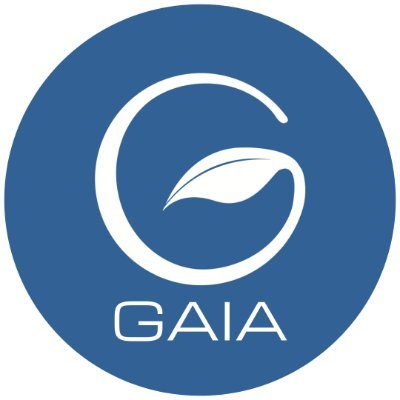Sustainable Industrial Development: Benefits Of LEED Volume For Net-Zero And ESG Goals

The industrial real estate sector is experiencing massive growth. Since 2017, the market size nationwide has increased annually by 4%. Coupled with a record-low vacancy rate of 4.1% and heightened demand, the industry shows no signs of slowing down anytime soon.
With the increased awareness of environmental, social and governance issues, industrial developers are integrating sustainability strategies into business practices and organizational culture in order to meet internal and external stakeholder expectations.
Pressure to disclose and reduce greenhouse gas emissions up and down supply chains has companies rushing to collect and report historical data while setting net-zero energy and carbon neutrality targets. To meet these targets, developers are turning to LEED certification and other international green building standards.
“More companies are certifying projects with LEED for both new construction and existing buildings,” Gaia principal Ryan McEvoy said. “Clients come to Gaia for many reasons. Some need to meet regulatory requirements and others seek expertise to increase the impact of ESG reports. Development requirements, green bond opportunities, community concern and tenant demand also are driving LEED adoption.”
Gaia is a sustainability consulting firm that works across all asset classes. Specializing in the industrial sector, Gaia’s team of accredited and technical advisers helps owners, developers and architects achieve their carbon neutrality, net-zero emissions and ESG goals through sustainability programs like LEED Volume.
To support portfolio expansion, the U.S. Green Building Council launched the LEED Volume program, providing large-scale developers with an accelerated and cost-efficient approach to the LEED certification process. The LEED Volume program allows developers to create standardized design and construction practices, also called specifications, that are used on all buildings pursuing LEED.
“We have been able to help developers save 35% to 50% in LEED-associated costs while creating processes and specifications to earn certification in a shorter time," McEvoy said. "Due to our hands-on approach, setting up LEED Volume takes six to 10 months as opposed to competitors who offer a yearlong timeline.”
According to Grant Waldron, head of sustainability strategy at Gaia, developers gain the most value from LEED Volume when they work with a LEED Proven Provider that can streamline certification processes.
He said that whether you are looking to achieve LEED Certified Gold or Platinum, and whether you develop infill sites or greenfield developments, LEED Volume works for all portfolios and can be set up to achieve individualized goals.
“The program is very flexible and allows clients to align these goals with their company values rather than LEED setting those parameters for them,” Waldron said.
Beyond building certifications, developers are keeping ESG goals in mind throughout their decision-making and operational processes.
ESG goals may involve installing advanced energy and water meters to collect utility data more efficiently, implementing net-zero energy targets or benchmarking and reducing embodied carbon, Waldron said. As an upfront program, developers put thought and preparation into designing sustainability guidelines and specifications. The first step, however, is to prioritize what initiatives are important to their organization, tenants and employees.
Gaia’s services have been key to achieving ESG goals at Rexford Industrial, Director of Sustainability Kristin Brown said. As a leader in the industrial sector, Rexford has 4.5M SF completed, under development or in the pipeline that are pursuing or have earned LEED certification.
“Gaia's advisory has been instrumental in helping Rexford achieve our sustainability and ESG milestones,” Brown said. “They quickly set up our LEED Volume program and we have benefited from their deep knowledge of carbon footprint, net-zero emissions and solar energy.”
This article was produced in collaboration between Gaia and Studio B. Bisnow news staff was not involved in the production of this content.
Studio B is Bisnow’s in-house content and design studio. To learn more about how Studio B can help your team, reach out to studio@bisnow.com.

